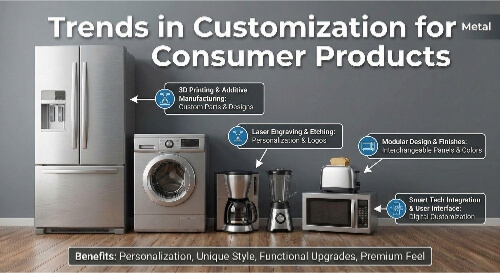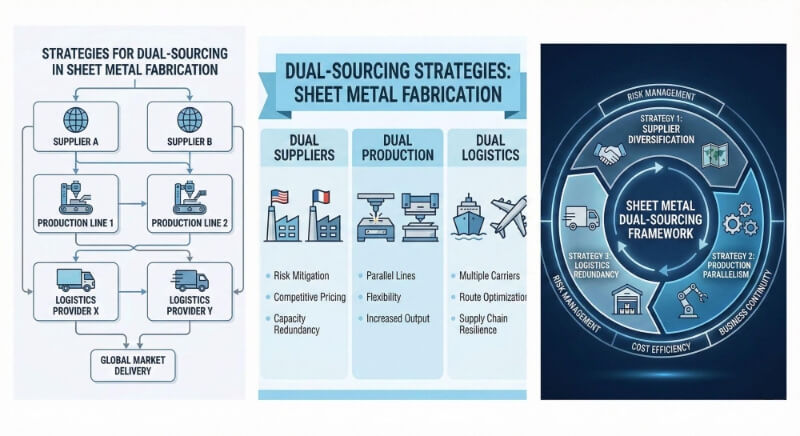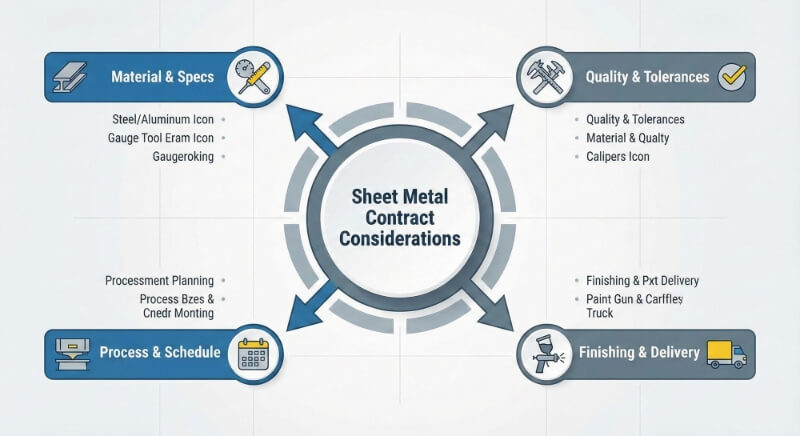Is your manufacturing process in need of precision and efficiency? Finding the right tool for punching, shaping, and cutting sheet metal. The turret punch is one such tool that combines speed with versatility, making it a go-to option for modern production lines.
A turret punch can significantly improve your workflow. It reduces production time and increases part consistency. If you want to know how it works, keep reading.
What is a Turret Punch?
A turret punch is a flexible machine for punching, cutting, and shaping sheet metal. It has a rotating turret that holds multiple punches and dies. This design allows quick changes between different tools without stopping or resetting the machine.
The turret punch is perfect for making various parts with high accuracy and speed. It is used in many industries to create holes, slots, and other shapes in metal sheets. Because of its versatility and efficiency, the turret punch has become a key tool in modern manufacturing.
How Turret Punching Works?
The turret punch works by using a rotating turret that holds a variety of punches and dies. When a metal sheet is fed into the machine, the turret rotates to align the selected punch or die with the metal. The punch is then pressed into the metal to create the desired shape. This process allows for fast and accurate metalworking without manually changing tools.
The turret punch uses CNC technology, ensuring high precision in every cut. The machine can handle simple and complex designs, making it versatile for different manufacturing needs.
Step-by-Step Guide to Turret Punching
- Prepare the Material: The sheet metal is placed onto the machine’s work surface.
- Select the Tooling: The turret rotates to position the correct punch and die. Different tools are used for different shapes, sizes, and holes.
- Align the Material: The machine ensures the metal is aligned correctly, preventing misalignment during punching.
- Punching Process: The punch is pressed into the metal, creating the required hole or shape. If needed, The turret rotates to the next tool for additional punches.
- Repeat: The machine continues to punch out various shapes and sizes based on the design specifications, all while maintaining accuracy and consistency.
- Finished Product: Once all the punching operations are complete, the sheet metal is removed, and the final part is ready for further processing or assembly.
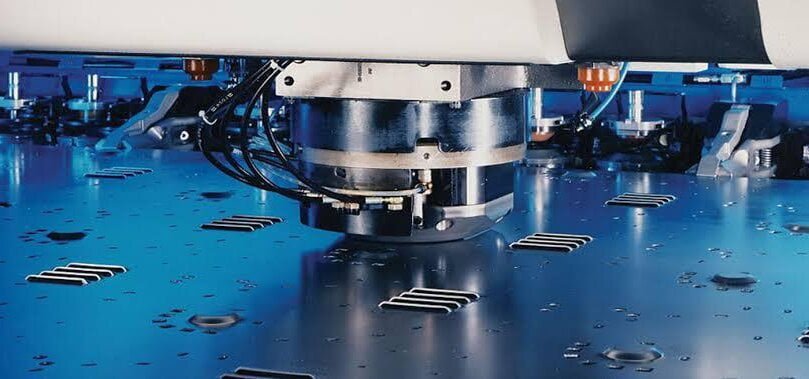
Key Components of a Turret Punch
A turret punch comprises several key parts, each essential for its operation.
Punching Station and Turret
The punching station holds the metal sheet in place. The turret, the rotating tool holder, moves into position to insert the appropriate punch.
Tooling and Dies
The punches and dies come in various shapes and sizes to create different features in the metal. Tooling can be easily swapped out to accommodate different production needs.
CNC Control System
The CNC control system drives the machine’s movements, providing accurate, repeatable results. It controls the punch’s position, speed, and force applied.
Material Handling System
This system ensures that sheets are moved into position correctly for each punch. It can include automatic loading and unloading mechanisms for increased productivity.
Types of Turret Punch Machines
Turret punches come in different types, each designed for specific production needs. Here’s a look at the main types of turret punch machines:
Mechanical Turret Punch
Mechanical turret punches use a flywheel-driven system. The machine uses mechanical power to press the punch tool onto the material. This type is excellent for high-speed operations and mass production. It’s ideal when speed is more important than versatility. However, mechanical machines generally have less power and precision than hydraulic machines.
Hydraulic Turret Punch
Hydraulic turret punches use hydraulic pressure to apply force to the punch tool. These machines are known for their high punching force, making them suitable for thicker materials. Hydraulic punches also offer more precision and can handle more complex tasks. However, they are typically slower and more expensive.
Hybrid Turret Punch
Hybrid turret punches combine mechanical and hydraulic systems. The mechanical system provides high speed, while the hydraulic system adds extra force for thicker materials. Hybrid machines are versatile, offering speed and power, making them suitable for various applications.
CNC Turret Punch
CNC turret punches are controlled by computer programming. This allows for precise automation of the punching process, reducing human error and improving efficiency. CNC machines can handle complex shapes and patterns. They are perfect for high-precision tasks and custom designs and are often used in industries requiring flexibility and accuracy.
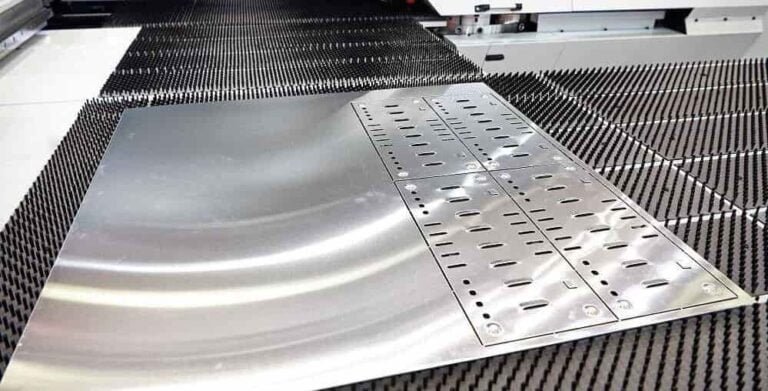
Features of a Modern Turret Punch
Modern turret punch machines have significantly improved productivity, flexibility, and precision. Here are some of the key features that make today’s machines more efficient and versatile:
Automated Tool Change Mechanism
This system allows the machine to switch between different punches quickly and die without any manual effort. It reduces downtime between tasks, speeds up production, and enables the machine to handle many different tasks without needing to stop and reset.
Advanced Tooling Options
Today’s turret punches come with a wide range of advanced tools. These tools can be easily swapped to perform various punching, notching, and forming tasks. Modern tools are designed to handle more complex shapes, allowing manufacturers to create detailed parts with high precision.
Precision and Accuracy in Punching
These machines can achieve tight tolerances and consistent results across multiple runs with advanced control systems. Producing parts with minimal variation helps reduce waste and improve production efficiency.
Integration with CAD/CAM Systems
Many modern turret punches are integrated with CAD and CAM systems. This allows for smooth communication between design and production. Designers can create complex shapes in CAD software, and the machine automatically receives instructions through CAM software.
Common Materials Used with Turret Punching
Turret punching machines are versatile and can work with various materials. Here are some of the most commonly used materials in turret punching:
Mild Steel
Mild steel is one of the most commonly used materials in turret punching. It is affordable, easy to work with, and offers strength and formability.
Stainless Steel
Stainless steel is preferred for its resistance to corrosion and its durability. Although it is harder to punch than mild steel, modern turret punches can handle it effectively, producing high-precision parts.
Aluminum
Aluminum is a lightweight material known for its excellent corrosion resistance and ease of processing. Aluminum punches quickly and efficiently, making it ideal for applications where strength and weight reduction are essential.
Copper and Brass
Copper and brass are used less often than steel or aluminum but are still crucial for specific applications. These materials are known for their conductivity, resistance to corrosion, and attractive appearance.
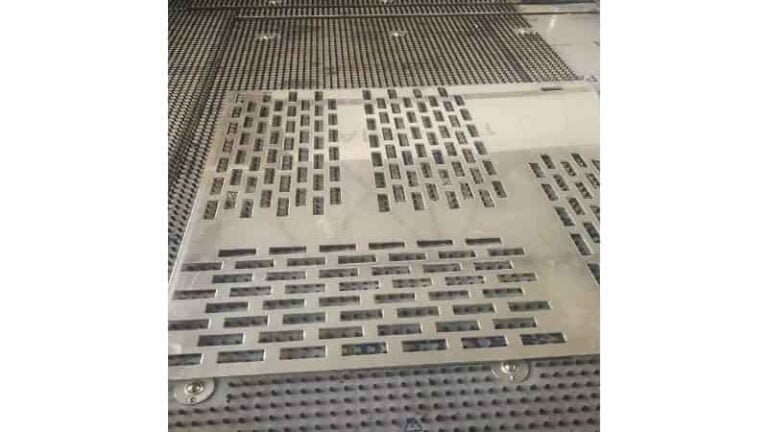
Benefits of Using Turret Punching Machines
Turret punching machines offer several benefits, making them tools for fabricating sheet metal. Here are some of the key advantages these machines provide:
Speed and Efficiency
The automated tool-changing system and the ability to work continuously with minimal downtime allow for fast production cycles. Turret punching is ideal for high-volume projects where quick turnaround times are important.
Cost-Effectiveness for High-Volume Production
Turret punching machines are cost-effective, especially for high-volume production. The increased speed and lower labor costs from automation usually offset the initial setup cost. Since the machine can quickly produce large quantities of parts, it lowers the cost per part.
Versatility in Material Types and Thicknesses
Modern turret punching machines are versatile and can handle a variety of materials, including steel, aluminum, stainless steel, brass, and more. They can also work with different thicknesses, from thin sheets to thicker materials.
Reduced Material Waste
Turret punches are designed to make the most of the material, minimizing waste during punching. The machine’s high precision ensures that parts are produced with minimal scrap, improving material efficiency.
Applications of Turret Punching
Turret punching machines are versatile and widely used in many industries due to their speed, precision, and flexibility. Here are some of the main applications:
Sheet Metal Fabrication
Turret punching is commonly used in sheet metal fabrication to create holes, slots, and complex shapes in metal sheets. It is key to producing parts for various industries and offering fast and precise solutions.
Automotive Industry
Turret punching produces many parts in the automotive industry, from brackets to structural components. It is especially valuable for making parts that must fit together perfectly in assembly lines.
Aerospace Industry
The aerospace industry depends on turret punching to create parts with strict tolerances and high performance. These parts, such as brackets, panels, and structural components, must meet high standards for strength and precision.
Custom Enclosures and Cabinets
Many industries need custom enclosures and cabinets to house electrical components or machinery. Turret punching provides an efficient way to make these custom parts, allowing for accurate holes, slots, and cutouts in materials like steel and aluminum.
Choosing the Right Turret Punch for Your Business
Selecting the right turret punch machine is essential for improving your manufacturing process. Here are some key factors to consider when making your decision:
Factors to Consider (Size, Speed, Tooling Compatibility)
When choosing a turret punch, consider its size, speed, and tooling compatibility.
- Size: Think about the maximum material size the machine can handle. If you work with large sheets, you’ll need a machine that can accommodate bigger dimensions without losing precision.
- Speed: The machine’s speed affects how quickly you can produce parts. If you need to produce a high volume of parts, look for a machine that offers fast punching cycles without compromising accuracy.
- Tooling Compatibility: Different machines support different tooling setups. Ensure the machine can work with the punches and dies you need for your projects. The ability to change tooling quickly will also reduce downtime between jobs.
Evaluating Turret Punching Machine Suppliers
When choosing a supplier for your turret punching machine, keep the following points in mind:
- Reputation and Experience: Choose a supplier with a solid reputation and years of experience providing reliable, high-quality machines. An experienced supplier is more likely to offer machines that fit your needs.
- After-Sales Support: Ensure the supplier provides strong after-sales support, including maintenance and availability of spare parts. Good support helps minimize downtime and keeps your machine running smoothly.
- Warranty and Service Contracts: Look for suppliers that offer warranties and service contracts. This can help cover any issues that arise after purchase, saving you money and giving you peace of mind.
Customization Options for Specific Needs
Many turret-punching machines have customization options to fit your business’s specific needs. Some features to consider include:
- Custom Tooling Solutions: Some suppliers offer specialized tooling to handle unique shapes or materials. This can increase your machine’s flexibility and help meet your production needs.
- Automation Features: Consider machines with automated material handling or tool-changing systems for higher production efficiency. These features can reduce manual labor and boost productivity.
- Software Integration: Look for machines that integrate with CAD/CAM systems. This will streamline the design-to-production workflow, leading to faster setup times and more precise parts.
Conclusion
The turret punch is a powerful tool for sheet metal fabrication that combines speed, precision, and versatility. Whether you are working with mild steel, aluminum, or more specialized materials, turret punching machines offer an efficient solution for creating high-quality parts in high volumes.
Ready to improve your manufacturing process with turret punching? Contact us today to learn how we can help you find the perfect solution for your business!
More Resources:
Punching Tool Guide – Source: Pederson Tool
CNC Systems Explained – Source: TechTarget
Types of Punching Machines – Source: Monroe Engineering
Hey, I'm Kevin Lee

For the past 10 years, I’ve been immersed in various forms of sheet metal fabrication, sharing cool insights here from my experiences across diverse workshops.
Get in touch

Kevin Lee
I have over ten years of professional experience in sheet metal fabrication, specializing in laser cutting, bending, welding, and surface treatment techniques. As the Technical Director at Shengen, I am committed to solving complex manufacturing challenges and driving innovation and quality in each project.

